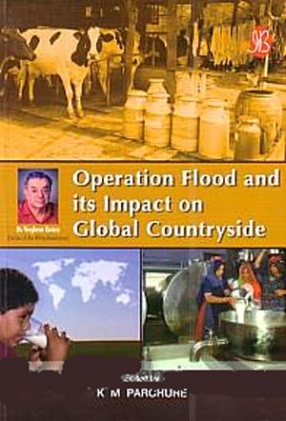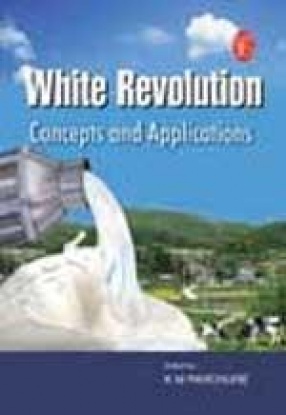

By 1960s, coincidentally, all the developed and high-income countries, by and large, enjoyed the abundance of milk. Per capita production and consumption of milk in countries like US, Canada, Britain, Western European countries, Japan, Australia and New Zealand were incomparably high, compared to those of the poor and backward countries from Latin America, African Continent, Middle East, Central Asia, South East Asia, and populous countries like China and India. ...

The role and functions of RBI have radically changed during the last 15 years. There is a paradigm shift due to a major overhauling of the macroeconomic policies of the country – from a mixed economy with bias towards socialist welfare to the acceptance of open and competitive market economic forces. Prior to 1991, the role of RBI was ‘nation-centric’, but it has now become ‘world-centric’, to be in tune with the norms and conditions laid down by IMF ...

The UNFAO (United Nations Food and Agriculture Organization) affirmed in 1999 that India was the world's principal creator of milk, having achieved production of more than 74 million tonnes. Four decades earlier in 1950s, India was a milk-deficit country which used to depend on import of about 55000 tonnes of milk; but it has emerged as one of the leading exporters of milk, milk products, butter, cheese and various other products of milk. White Revolution, like ...
